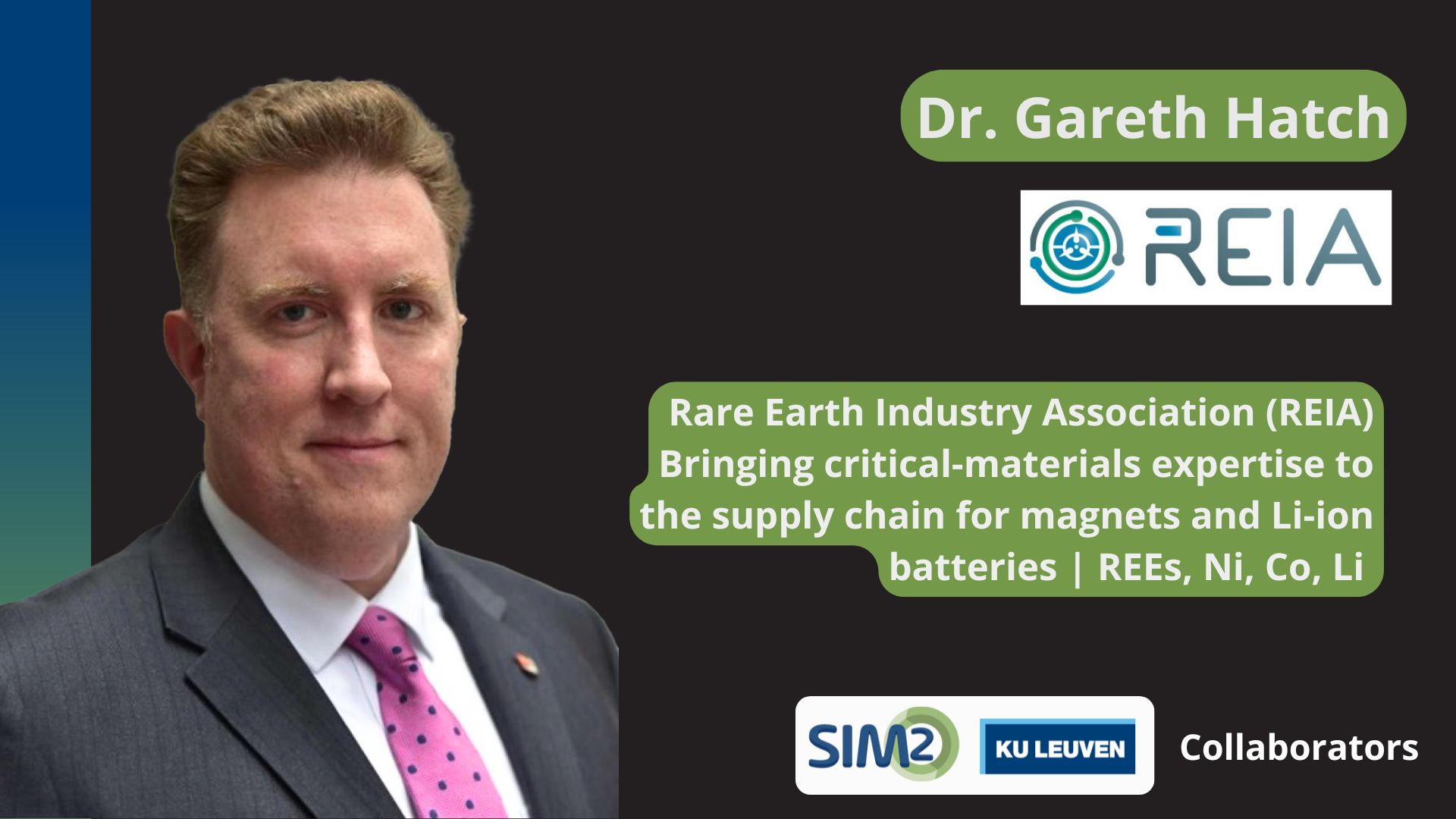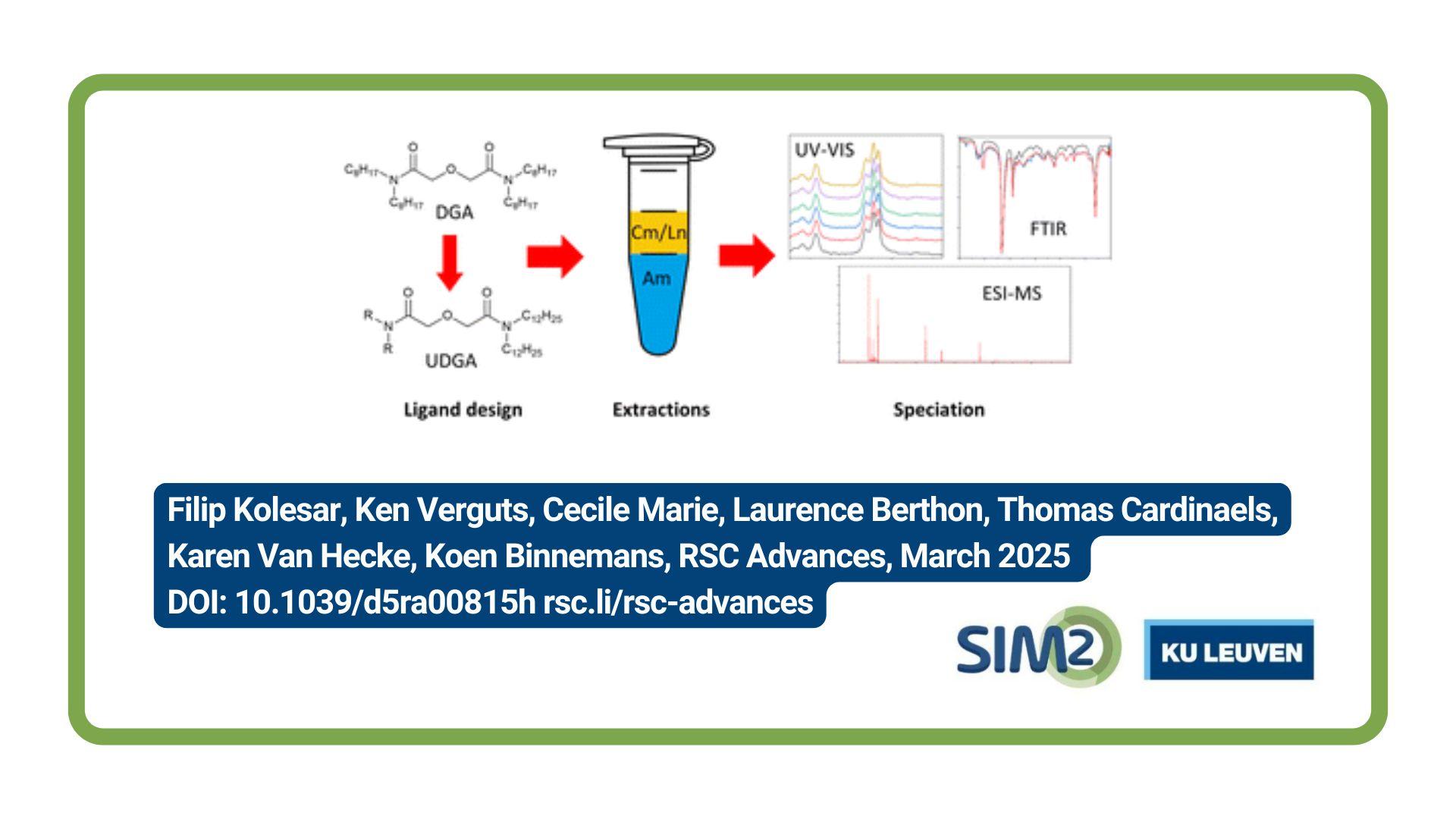Anouk Borst from the Department of Earth and Environmental Sciences, KU Leuven, together with international colleagues, has published a new article on the petrogenesis and geodynamic setting of the Bingo alkaline-carbonatite complex in the Democratic Republic of Congo. The article is published in the July 2024 issue of Precambrian Research.
This study presents petrographic, whole-rock geochemical, stable isotope (C-O) and U-Pb geochronological data for a suite of carbonatite, nepheline syenite and ijolite from the Bingo complex. The Bingo alkaline-carbonatite complex is located within the western branch of the East African Rift System (EARS) in the Democratic Republic of Congo (DRC). The carbonatites are petrographically classified into calcite and magnetite-calcite carbonatite but have similar geochemical compositions. The ∑REE vary from 960 to 2400 ppm and the LaN/YbN ratios fall within the spectrum of 20 to 145. Calcite stable isotope compositions, δ13C(V-PDB) (−3.51 to −3.87 ‰) and δ18O(V-SMOW) ( 12.12 to 13.70 ‰), plot within the primary igneous carbonatite field and therefore reflect carbonated mantle melts. Based on similarity of geochemical trends between the carbonatite and the alkaline silicate suite, such as negative anomalies in Th, Ta, Pb, Zr, Ti and positive anomalies in Ba, Sr, La and Nb, we suggest that carbonatite and alkaline rocks could have been generated from a carbonated mantle source through extensive fractional crystallization and liquid immiscibility processes. U-Pb titanite dating of the ijolite suggests an emplacement age of 861.5 ± 7.0 Ma during the Neoproterozoic era, consistent with carbonatite magmatism elsewhere along the western branch of the EARS (i.e., Lueshe and Upper Ruvubu Alkaline Complex). This timing is associated with the initial break-up stages of the Rodinia supercontinent, a significant geological event recorded in central Africa during the Neoproterozoic. Additionally, in-situ U-Pb pyrochlore dating of the carbonatite indicates an age of 48.13 ± 0.80 Ma, coupled with a low (radiogenic) 207Pb/206Pb ratio of 0.1554. We discuss three potential interpretations of this anomalous U-Pb age. Firstly, it could represent a primary magmatic crystallization age, implying carbonatite magmatism during the Eocene. A second interpretation is that the age indicates resetting of the U-Pb system due to hydrothermal alteration of the pyrochlore. Thirdly, the pyrochlore could have recrystallized during intense tropical weathering (lateritization). The first and second interpretation are deemed unlikely given the apparent petrogenetic and geochemical relationship between the silicate and carbonatite suites, as well as the fact that this age would predate any recorded rift activity within the western branch of the EARS. Furthermore, the low 207Pb/206Pb ratio points to a highly radiogenic reservoir that is incompatible with a magmatic-hydrothermal source. We thus consider the third option of supergene recrystallization of pyrochlore most likely, possibly from Nb, U and Pb rich fluids released from the overlying weathering profile. As such, supergene pyrochlore might offer a novel approach to determine the absolute age of tropical weathering affecting carbonatites.
Reference
Georges M. Kasay, Anouk M. Borst, Johannes R. Giebel, Anthony T. Bolarinwa, Aratz Beranoaguirre, Tobias Kluge, Olawale K. Aromolaran, Mohsin Raza, Elisabeth Eiche, Jochen Kolb, Charles Nzolang, Benjamin F. Walter,
Petrogenesis and geodynamic setting of the Bingo alkaline-carbonatite complex, DRC: Constraints from petrography, geochemistry, C-O isotopes and U-Pb geochronology, Precambrian Research, Volume 408, 2024, 107421, ISSN 0301-9268, https://doi.org/10.1016/j.precamres.2024.107421.
Acknowledgements
The first author would like to express gratitude to the African Union for their financial support provided through the Pan African University, as well as the German Academic Exchange Service (DAAD) for granting a research scholarship at KIT, Germany (grant number 57588366). Additionally, he acknowledges the generous support received from the Else-Kröner-Fresenius-Stiftung and the BEBUC scholarship program. All authors are extremely indebted to the staff at LERA for their assistance and guidance





